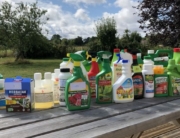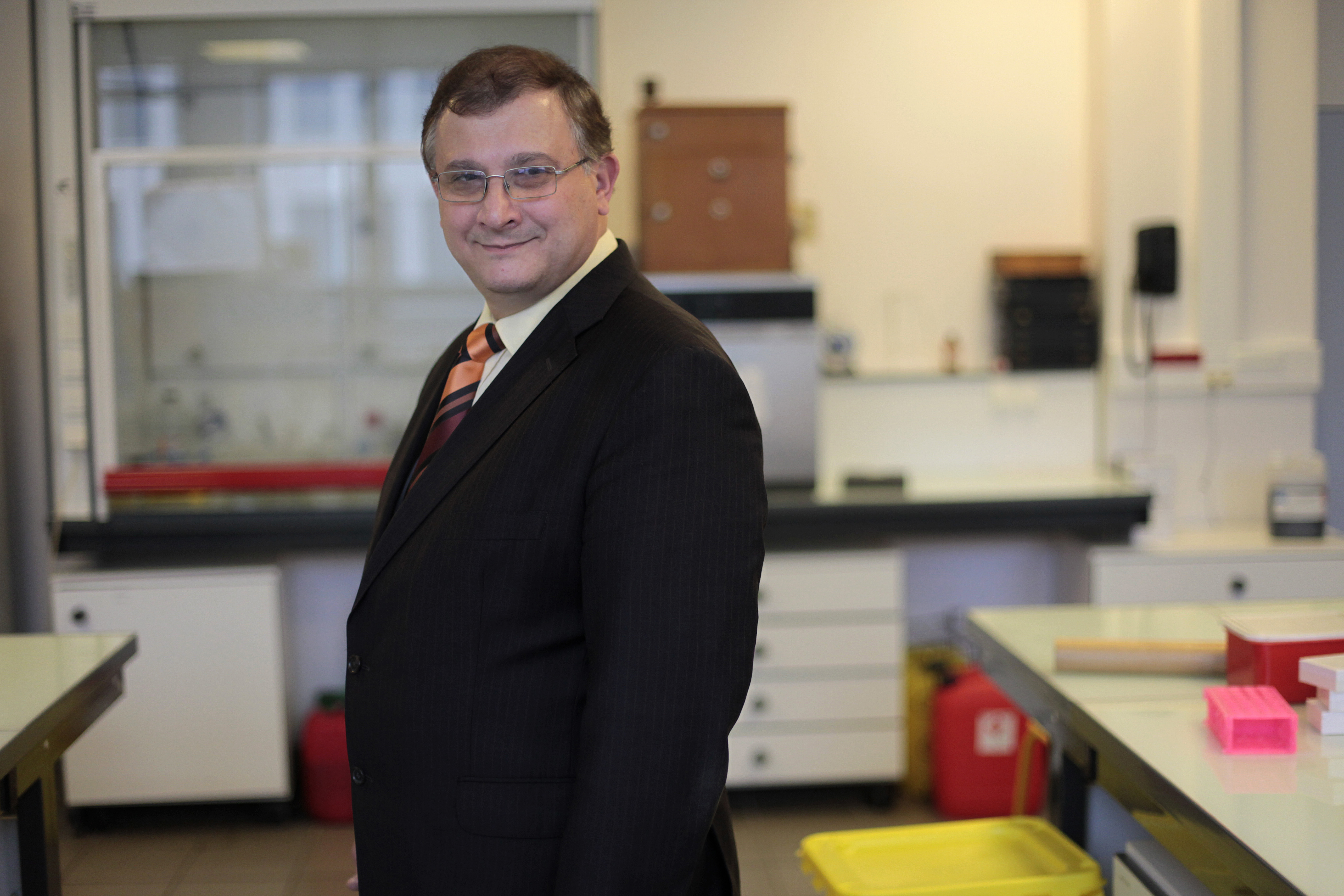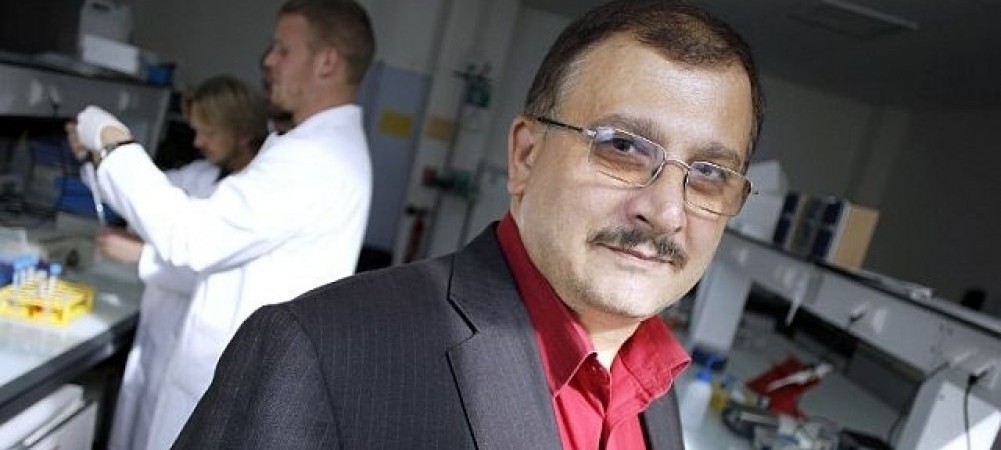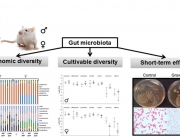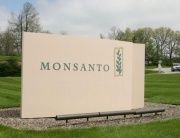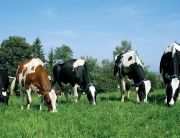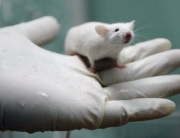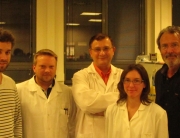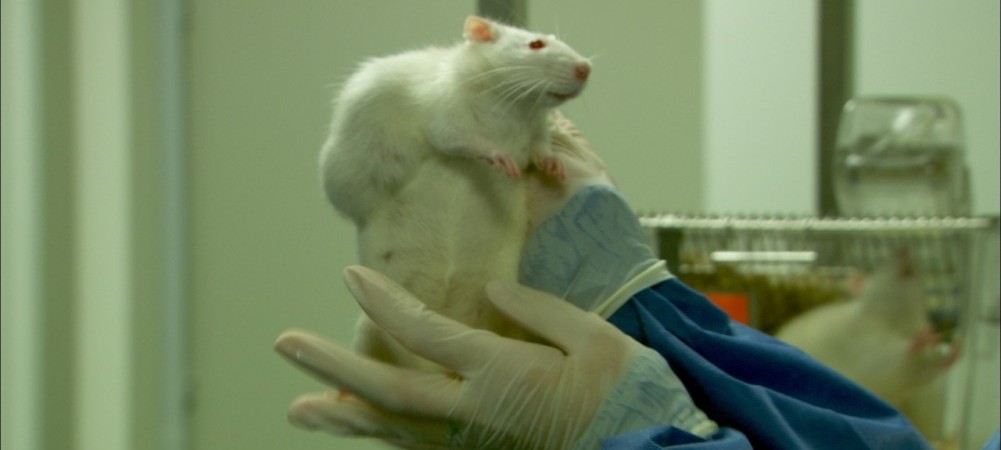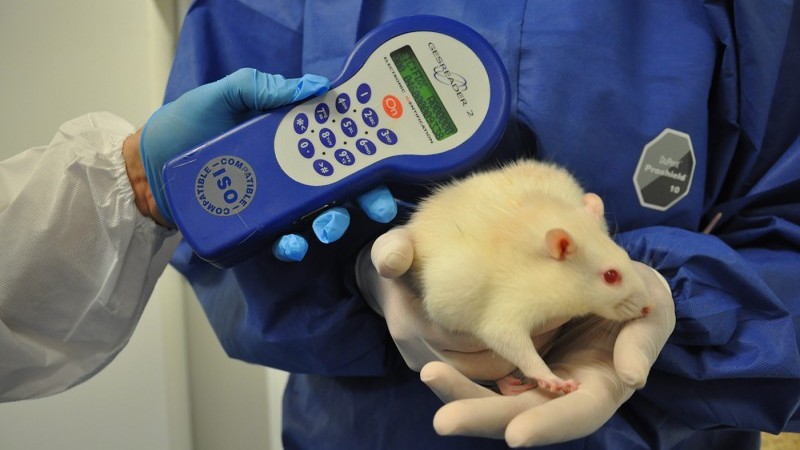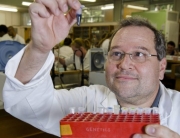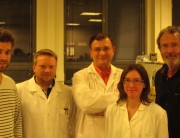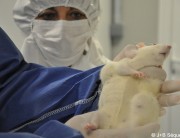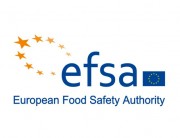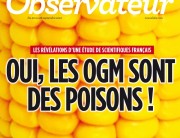After a week of events throughout the UK aimed at highlighting the health risks of eating genetically modified foods, Pat Thomas highlights a key health message that many of us have missed…..
We are continually told that one of the benefits of GMOs is that they reduce pesticide use. This, of course, is a lie.
Source: theecologist.org By Pat Thomas
While GM crops with the Bt trait do reduce pesticide use somewhat, HT crops drastically increase pesticide use through the promotion of superweeds – some of which cannot be killed, except with increasingly large amounts of pesticides and in some cases flamethrowers.
As a result, since 1996, overall pesticide use in the US, where the vast majority of GM food crops are grown, has increased by around 7%.
New HT varieties are in the pipeline – this time resistant to 2,4-D (the hormone disrupting, active ingredient in Agent Orange). If approved this could drive herbicide usage up by another 50%.
Moreover, cultivation of new GM crops in Europe could increase herbicide use by up to 15 times, threatening our health and our countryside.
Most people think of ‘superweeds’ as a problem of ‘resistance’.
But one of the most chilling findings of the landmark 2012 study by Prof Gilles-Eric Séralini – the longest-term feeding study ever on GMOs – was that the rats fed a lifetime diet of GM maize became as ill as those fed the herbicide glyphosate (Round-up).
This is because plants engineered to withstand repeated spraying with this toxic herbicide also have the unique ability to absorb large amounts of it and remain healthy. They are, in the lay-language used by Prof Séralini, “pesticide plants”.
When you understand this it’s easy to see why biotech companies are so very anxious to separate the pesticide issue from the GM debate.
And it’s worth thinking about that the next time you ask yourself whether eating GMOs could really have an effect on your health.
As citizens we tend to be much more outraged by the thought of pesticides in our food – and a recent survey by the Pesticide Action Network has found that this contamination is still with us and still many times over so-called ‘safe’ limits.
But these new(ish) pesticide plants are turned into food ingredients – especially in the US. All over the world these pesticide plants are also fed to the animals that give us meat and milk and eggs. And we are, after all, what we eat.
If you were to compare the rise in consumption of pesticide plants to the rise in several key diseases – from autism to diabetes to Alzheimer’s to certain cancers – you would likely find a series of hockey stick shaped graphs that suggest these rising trends mirror each other.
That doesn’t prove causation, but it should provoke a serious attempt at studying the problem. The reason it hasn’t is that biotech money now controls a great deal of scientific research.
The reason why you may not have thought much about these pesticide plants before is because our media has found itself in an unhealthy alliance with well paid spokespeople who aggressively represent the biotech industry’s point of view.
For lazy journalists (and politicians!) it is, in the end, much easier to parrot bland reassurances about GMO safety than to delve into the complexities of the risks to health that GMOs represent.
And yet, here’s the funny thing. When Séralini’s study was first published the European Food Safety Authority joined the chorus of detractors who questioned not only his findings but the robustness of his science.
But very quietly, in late July this year EFSA published new guidelines for the requirement of long-term whole food feeding studies to assess the risk of long-term toxicity from GM foods here in the EU.
In many places the guidelines confirm the methodology and choices made by Séralini and his team in their study.
Likewise, the French government has announced the creation of a research consortium “to investigate the health effects of long-term consumption of GMOs” and allocated “in the order of 2.5 million Euros” to the research.
One by one the dominoes are falling. It is up to us tounderstand why they must tumble – even if it seems initially complicated – and to do everything we can to help push them over.
Pat Thomas is a campaigner and journalist and former editor of the Ecologist. She chaired the London evening event for the recent GM Health Risk Week.







